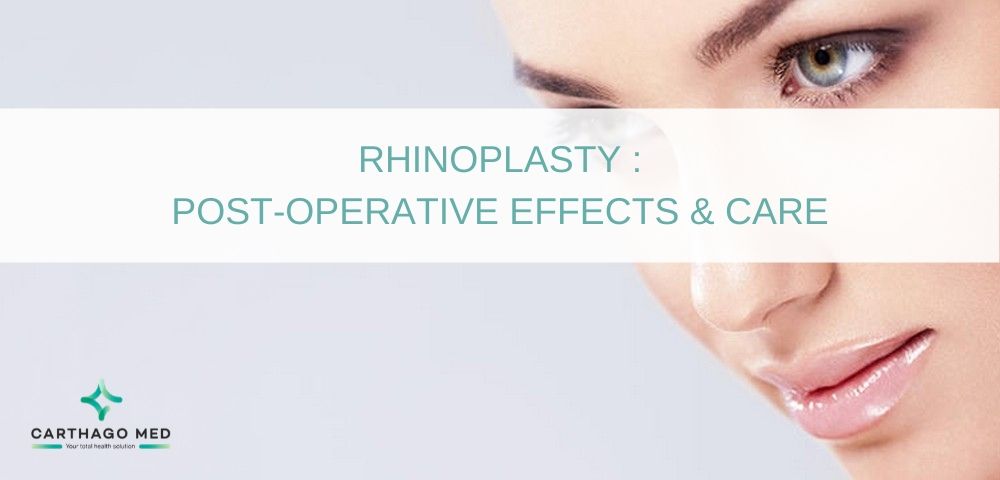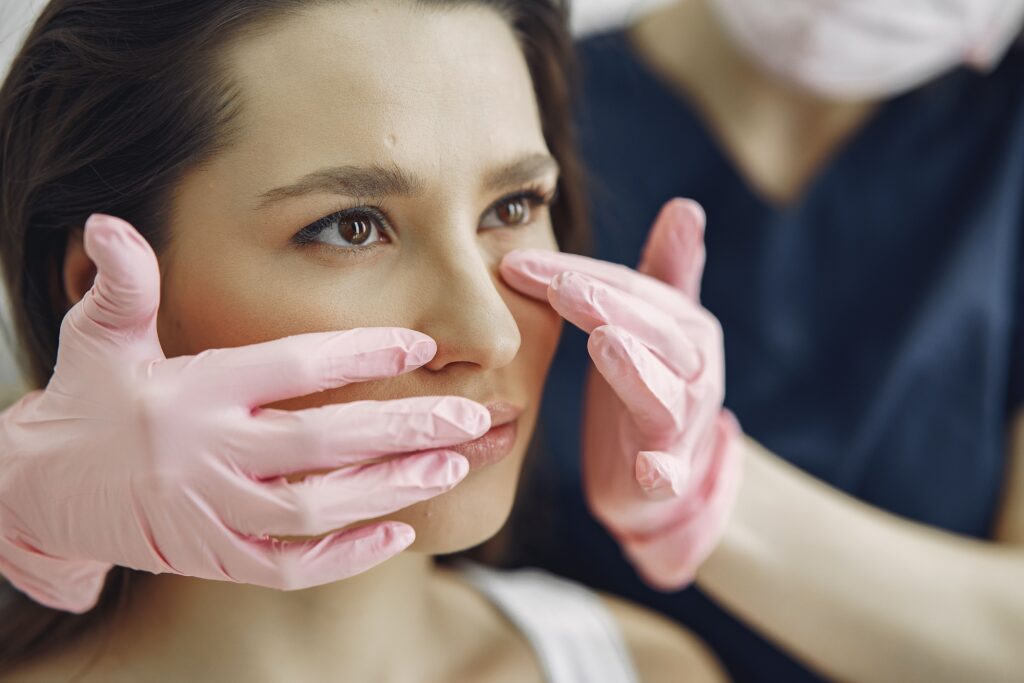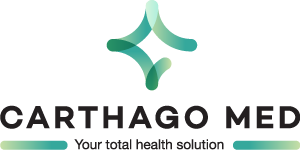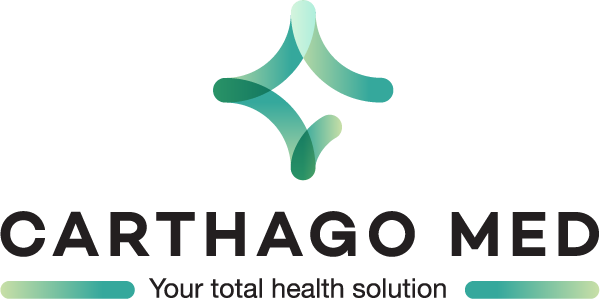
Rhinoplasty : post-operative effects & care
All cosmetic interventions leave certain effects around the operated area(s); the most noticeable ones are those performed on the face. That is why, it is important to get acquainted with different details of an envisioned intervention as the latter may be draining in terms of post-operative effects.
Rhinoplasty is a face surgery that reshapes the nose and corrects nasal dysfunctionalities and/or deformities like removing an unpleasant bump, reducing the size of the nostrils, refining the tip, or simply improving breathing problems.
It guarantees natural-looking results that are adapted to the patient’s facial architecture. The procedure is performed under general anaesthesia and generally results in moderate post-operative effects.
After a rhinoplasty, the patient will have a cast on their nose for a period of seven days or so. Once removed, the cast may leave bruises, which will dissipate after a few weeks. The final outcome of nose surgery will be visible after a few months.
What to expect after Rhinoplasty surgery?
Embarking on the journey of rhinoplasty is a significant decision, and understanding what to expect post-surgery is crucial for a smooth recovery. In the initial days, some swelling and bruising around the nose are quite common, gradually subsiding over the following weeks. Patients often find relief from any discomfort with prescribed pain medication. Nasal congestion and breathing difficulties may occur temporarily, but these issues usually improve as the healing progresses. Wearing a splint or cast on the nose for the first week provides support and helps maintain the new shape. Patience is key, as final results become more apparent once the swelling fully diminishes. Follow-up appointments with the surgeon are integral, allowing for personalized guidance throughout the recovery journey. With proper care and realistic expectations, individuals can look forward to enhanced facial harmony and improved self-confidence after rhinoplasty.
Protect Your New Nose: Be Careful
Your newly crafted nose is a work of art and deserves a little extra TLC. Treat it like the delicate masterpiece it is by being cautious in your daily activities. Avoid accidental bumps or knocks, and steer clear of anything that might put undue pressure on your nose. Gentle care goes a long way in preserving the pristine outcome of your rhinoplasty. So, in this chapter of your life, a little extra caution is the secret ingredient to safeguarding your newfound confidence.
Sleep With Your Head Elevated
As you drift into the realm of dreams, consider this simple yet effective act of self-care: sleeping with your head elevated. This not only helps to minimize swelling but also ensures that your nose is in a comfortable position for optimal healing. Elevating your head with an extra pillow or two becomes a nightly ritual, a small gesture with big rewards. Embrace this tranquil adjustment in your sleep routine, and let each night contribute to the restoration of both body and mind.
Avoid Strenuous Activity
In the symphony of your recovery, one key note to heed is to avoid strenuous activities. While the allure of your usual exercise routine may beckon, your body is in a phase of delicate healing. Give it the grace it needs by refraining from vigorous workouts and activities that may elevate your heart rate excessively. It's a temporary pause, a chance for your body to focus on the masterpiece that is your healing nose. So, for this interval, relish the gentler rhythms of life, allowing strength to return at its own pace.

Rhinoplasty: post-operative effects & precautions
The first week after rhinoplasty
Although a nose job is not particularly painful, the operated area is more likely to be sensitive for a few days after the surgery. The patient will experience breathing difficulties. For this reason, it is recommended not to blow your nose for fifteen days after the surgery. Other effects of the intervention include the loss of smell and taste. The latter is temporary and will be recovered after a few days.
The first night after your surgery, you are more likely to experience the unpleasant sensation of a blocked nose; and will be therefore obliged to breathe through your mouth. Swelling and bleeding are possible, but both will disappear in a few days. In order to prevent bleedings, you are highly recommended not to consume aspirin or aspirin-based medication.
Bruises are quite expected after a rhinoplasty ─especially around the under-eye area─ but it will fade away after two days.
The insertion of fibres depends on the technique of the surgeon in suturing the nasal incision. These fibres are generally removed starting from the fifth day after your surgery.
The second week after rhinoplasty
After a week, bruising and swelling start to dissipate.
The cast is removed by your surgeon at this moment in time. Once done, your nose will be swollen. It will regain its normal shape after a few days.
Special medication, that will be prescribed by your doctor, must be used three to four times a day in order to clean up the nose, wipe off crusts, and decongest the nasal mucosa. It is also recommended to clean your nose using seawater.
Finally, you are advised to take ten days off work to promote proper and quicker healing.
One month after rhinoplasty
A month after your rhinoplasty, wearing sunglasses will be still prohibited.
Post-surgical scarring is expected to turn red; scarring will take its definite form and colour after a year.
During the first three months after your rhinoplasty, you need to avoid overexposure to the sun. The latter may provoke nose swelling and darken your post-surgical scars. Sports and violent activities should be resumed after three months.
Remaining swelling after your surgery will take two to three months to completely dissipate. Final results will be noticeable around that period of time for most patients.
What post-surgery symptoms are normal?
Navigating the aftermath of surgery involves understanding the normal post-surgery symptoms. Swelling is par for the course, lingering for a while before gradually subsiding, bringing your body closer to its new normal. Discoloration might paint a temporary palette on your skin, a testament to the healing underway. Numbness is another companion in this journey, a sensation that often fades as your body regains its sensitivity. Some bleeding is normal, but it typically lessens as time goes on. It's not just the physical aspects; emotions can play a role too. Moments of unease or mild depression are not uncommon during recovery, a rollercoaster that eventually levels out. And don't be surprised if those eye glasses feel a bit different – adjustments may be needed as your features settle into their refined state. Each of these nuances is a part of the intricate tapestry of healing, a process that, with time and care, unfolds into the brighter chapters of a new beginning.









